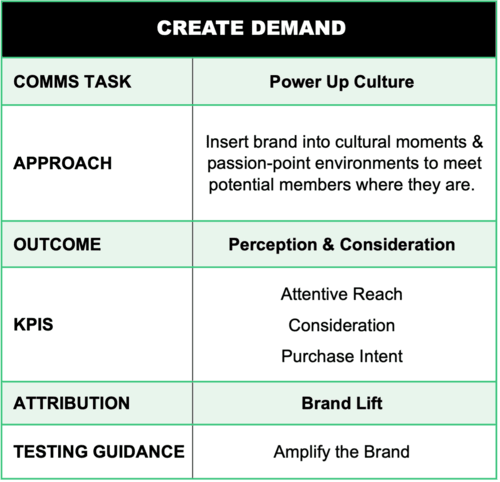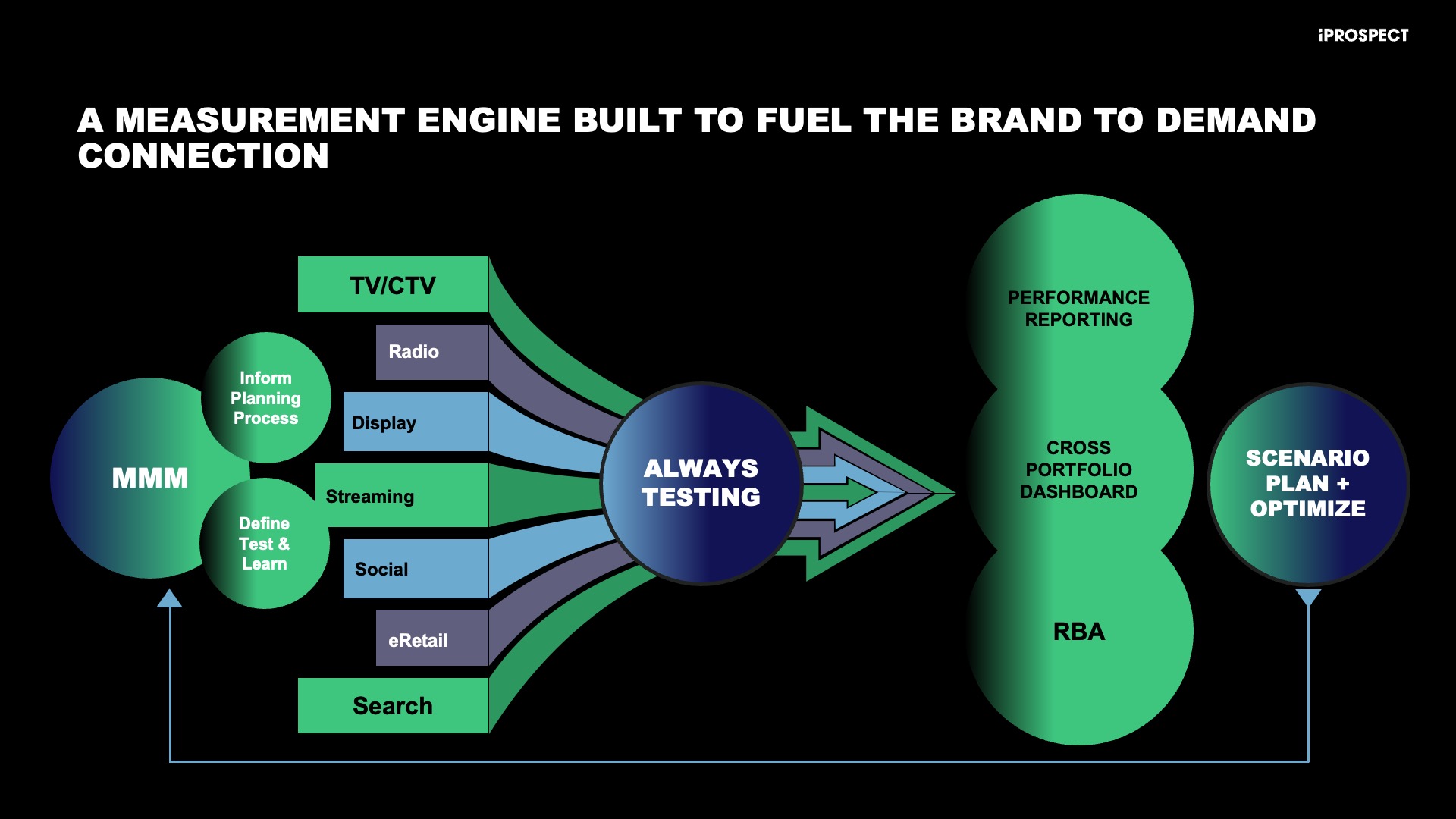“What’s the total ROI on my paid media budget?”
“How much is brand media influencing performance media?”
We hear these questions regularly from prospects of all shapes and sizes. They’re not new questions, but ones that feel like they should be answerable with today’s data and technology sophistication. And yet, for many companies the answers remain frustratingly elusive.
The problem is no longer a lack of data; it’s that there’s more complexity and opacity than ever before. Platforms report in silos, and customer journeys are almost limitless in their number of touchpoints. Brands don’t have a clear view of what drives real business impact — and without that clarity, budget allocations and optimizations become guesswork.
The good news: with the right tools and approach, it’s now possible to answer media planning questions and connect the dots across an entire portfolio. A unified measurement framework brings performance data together in service of broader business KPIs, giving brands the clarity they need to invest with confidence.
How to Build a Unified Measurement Framework
We recently wrote about the importance of a unified media approach. A measurement framework should be developed alongside that strategy as a key driver of the overall media plan. It’s foundational for determining investment levels and gauging success.
The process breaks down into five critical steps:
- Define the business approach for each demand stage. Start by clarifying what you're trying to achieve during the demand creation, demand capture, and demand nurture stages.
- Translate the approach into key business outcomes. Connect each one to a measurable business result that signals success.
- Select aligned media KPIs. Choose metrics that directly support your defined business outcomes, not just what’s easy to measure.
- Determine a measurement strategy. Decide how you’ll capture and analyze these KPIs across channels.
- Establish testing guidelines. Create guidance for future tests that will actually improve your defined approach.
Here’s an example of what that might look like for a brand at the demand creation stage:

Getting Your KPIs Right
In a unified media approach, KPIs carry a heavy load. They must balance short- and long-term goals, enable both holistic optimization and platform-specific improvements, and provide signals that work across various elements, like audiences and creative.
To get them right, it’s essential to distinguish between business KPIs—which directly measure growth—and optimization KPIs, which help improve channel performance. Confusing the two can lead to chasing improvements that don’t actually move the business forward. Ultimately, the most important consideration is identifying which KPIs are actually driving business growth.
This is why continuous validation through testing is critical. You may not land on the right KPIs immediately, but systematic testing and iteration can validate that your metrics are genuinely driving the business outcomes you want and help you fine-tune accordingly. Without this ongoing validation, even the most sophisticated measurement tools can lead you astray.
How the Measurement Engine Operates
Every company’s measurement needs differ, but mature programs typically share these essential components:

- Holistic marketing mix modeling (MMM) forms the foundation, using statistical analysis to predict how channel investments impact overall performance. This informs budget setting, scenario planning across channels, and test-and-learn opportunities.
- Unified reporting brings channel-specific data together to power effective optimization. Metrics should assist with platform-specific improvements, but must also align with the larger business objectives from the framework. This helps to show clear business value to stakeholders while keeping focus on the outcomes that matter.
- Advanced attribution tools like regression-based attribution (RBA) provide deeper insights into each channel’s contribution through sophisticated modeling.
- Continuous feedback loops enhance data depth, which allows the MMM to fine-tune and update its predictive accuracy.
What This Means for Your Business
Whether you’re a digital performance brand optimizing search budgets or a large media company planning broadcast investments, a unified measurement and media approach can deliver results.
With customer journeys becoming increasingly complex and new engagement opportunities emerging constantly, there’s an opportunity for brands with advanced measurement to pull ahead. They can confidently shift budgets toward growth channels, and spot winning engagements that others miss.
Unlock the full potential of your media investments with a unified measurement framework.

